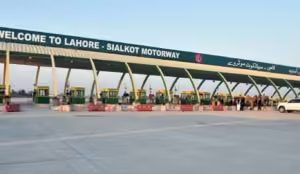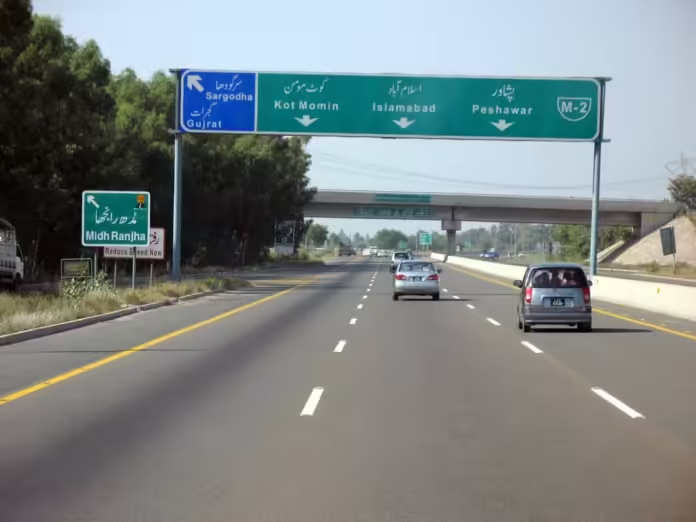An Ambitious Change in Pakistan Transport Network – Development plan to reduce Lahore–Islamabad Distance by 100 kilometers
In a move that will revolutionize intercity travel in Pakistan, the federal government has unveiled a historic plan to cut the Lahore–Islamabad travel distance by almost 100 kilometers. Federal Minister for Communications Abdul Aleem Khan unveiled this ambitious plan with the promise of quicker commutes, enhanced trade flow, and fresh economic opportunities in Punjab.
The initiative is based on the strategic realignment of Lahore–Sialkot Motorway (M-11), which will now extend from Kharian to join Islamabad in a seamless manner. By skirting conventional choke points and replacing them with a direct, high-speed corridor, the new route has the potential to shave travel time by a minimum of one hour.

Reimagining the Route: From M-11 to Capital Highway
The upgraded highway will become an alternative to the congested M-2 Motorway. Major cities like Gujranwala, Gujrat, Kharian, Jhelum, and Gujar Khan will now be on this quicker route directly, with increased accessibility and new development opportunities.
Apart from reducing the Lahore–Islamabad travel distance, the corridor shall be elevated to a six-lane expressway to facilitate smoother traffic and support the increasing number of vehicles on the road.
“This isn’t a project it’s a promise of a connected, economically empowered Punjab,” asserted Minister Abdul Aleem Khan. “We’re not just shrinking distance, we’re closing economic and social gaps between key cities.”

A Blessing for Logistics, Commuters, and Industry
For carriers of cargo, freight operators, and regular commuters, the new corridor translates into great gains in time, fuel, and maintenance for vehicles. Less reliance on the aging M-2 Motorway will also alleviate congestion and mitigate wear-and-tear on older infrastructure.
Cities such as Sialkot, Gujrat, and Kharian will see their industries gain significantly from enhanced connectivity. With quicker links to Islamabad, companies will be able to grow more easily, recruit more people, and do business equating to prospective employment opportunities and additional streams of investment.
Economic and Safety Benefits Beyond the Road
The financial consequences of reducing the Lahore–Islamabad travel distance are enormous. Shortened transport times can reduce supply chain costs, for everything from agriculture to e-commerce. Additionally, improved infrastructure is beneficial in terms of emergency response times, and that’s important to public safety.
The government has also committed stringent monitoring, particularly over other ongoing infrastructure improvements such as the Multan Road to Ring Road corridor. “Delays or poor implementation will not be accepted,” warned Minister Khan, indicating a new era of accountability on development projects.
A New Chapter in Pakistan’s Connectivity Vision
This addition represents an important milestone in Pakistan’s overall plan to upgrade its transport infrastructure. By reconfiguring existing motorways and investing in smarter, quicker routes, the government is transforming how citizens and goods travel around the nation.
As construction continues, the dream of a more integrated, economically prosperous Pakistan draws near. For travelers, companies, and communities, the reduction of the Lahore–Islamabad travel distance is not merely convenient it’s the beginning of a game-changing experience.
For additional updates on infrastructure development in Pakistan, continue following Pakistan Updates.




